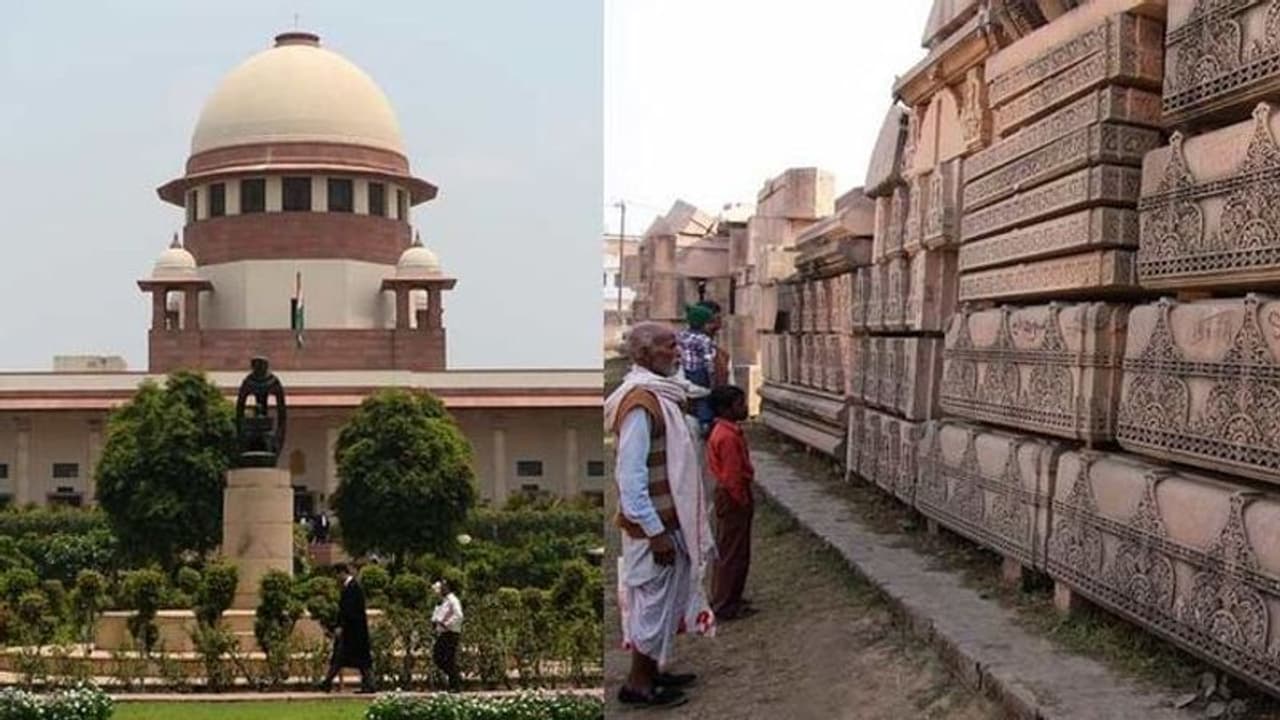While all eyes are on the Ayodhya verdict today at the Supreme Court, here are the details on who are the judges and the litigants in this politically sensitive case
As the Supreme Court readies to deliver the Ayodhya Verdict, here is a look at who are the judges on the Bench, also the key litigants in the case.
The verdict is being delivered by a five judge Bench headed by Chief Justice Ranjan Gogoi. Also on the Bench are Justices, S A Bobde, D Y Chandrachud, Ashok Bhushan and SA Nazeer.
The judges who will deliver the verdict:
Justice Ranjan Gogoi:
Chief Justice Ranjan Gogoi retires on November 17. Before becoming a judge, he practised at the Gauhati high court. He was appointed as Permanent Judge of Gauhati high court on February 28, 2001.
In 2010, he was transferred to the Punjab and Haryana high court. He was elevated as judge of the Supreme Court in 2012 and became CJI on October 3, 2018.
Justice Arvind Shriniwas Bobde:
Justice SA Bobde will be the next CJI after Justice Gogoi retires. He hails from the Nagpur Bar. He was sworn in as additional judge in 2000. In 2012, he became the Chief Justice of the Madhya Pradesh high court. He was elevated as Supreme Court judge in 2013.
Justice D Y Chandrachud:
He was appointed judge of the Bombay high court in 2000 and later became the Chief Justice of the Allahabad high court. He was appointed as judge of the Supreme Court on May 13, 2016.
Justice Ashok Bhushan:
He was elevated as judge of the Allahabad high court in 2001. He was then transferred to the Kerala high court and was sworn in as its Chief Justice in 2015. He was elevated as judge of the Supreme Court on May 13, 2016.
Justice S Abdul Nazeer:
He practised in the Karnataka high court and was appointed additional judge of the Karnataka high court in 2003. He was made permanent judge a years later before being elevated to the Supreme Court on February 17, 2017.
The litigants:
Nimrohi Akhara:
The Akhara has moved the Faizabad court in 1959 claiming ownership to the Babri Masjid structure. The Nimrohi Akhara is a religious denomination of Sadhus.
Ram Lalla Virajman:
The Ram Lalla is the legal person in this case. Considered to be a juristic person, Ram Lalla is represented by Trilok Nath Pandey of the Vishwa Hindu Parishad.
The All India Hindu Mahasabha:
The Mahasabha had moved the Supreme Court in 2010 in which it had sought an annulment of a portion of the Allahabad high court judgment. It wanted that portion that ruled in favour of handing over the entire land to the Hindus.
Ram Janmabhoomi Nyas:
This is a trust formed by the VHP in 1993. A supreme body of saints, the Nyas is tasked with the overseeing of the Ram Temple construction.
UP Sunni Central Waqf Board:
The board first filed a suit in 1961 before the Faizabad civil court. It had challenged the pending cases filed by the Hindus. It is the main petitioner for the Muslim side in the Supreme Court.
Mohammad Iqbal Ansari:
He is the son of Mohammad Hashim the oldest litigant in the case. His father was the first complainant in the case. After he passed away in 2016, his son Ansari took over.
M Siddiq:
The general secretary of the Jamiat-ul Ulema-i-HInd, Uttar Pradesh, he had filed a petition on behalf of the Jamiat. After his passing away, Maulana, Ashhad Rashidi became the petitioner.
Central Shia Waqf Board:
The board moved the Supreme Court challenging a 1946 order of the trial court that held Babri Masjid was Sunni property. They claimed that Mir Baqi, Babur’s Shia commander had built the Mosque and hence the property belongs to them.
